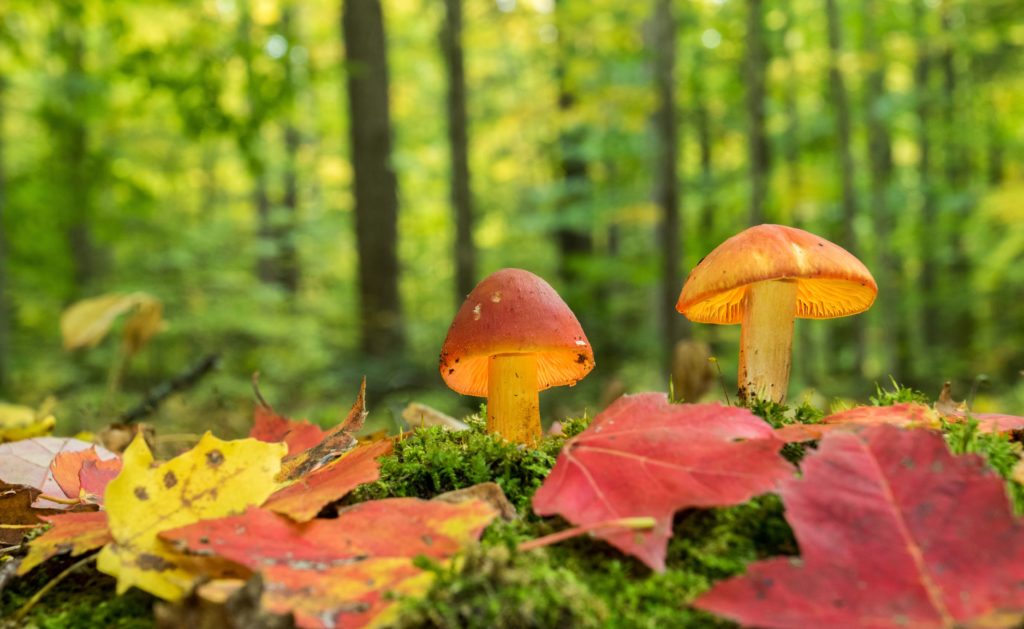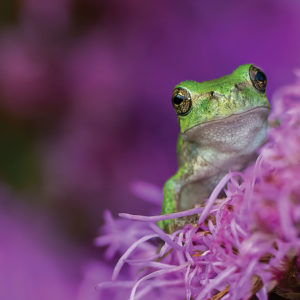Mushrooms: Friends of the Forests
This blog was originally written by guest blogger Jessica Linnay. Updated October 4, 2021.
As we transition into fall, the changing scenery reminds us how beautiful this season truly is! The shift in colours creates vivid landscapes and stunning sceneries, reminding us that change isn’t always a bad thing.
Rather, it helps us grow as people, in much the same way change helps forests evolve to thrive throughout the year. This seems particularly fitting for mushrooms: organisms on a never-ending journey of development, that are essential to the life of a healthy forest.
For your safety, do not forage wild mushrooms unless you can identify them with 100% certainty. Start by learning how to identify them first. Toss out any mushrooms showing signs of deterioration.
The Many Kinds of Mushrooms
There are over 10,000 different kinds of mushrooms that grow around the world every year. In Canada alone, hundreds.
Versatile and varied, mushrooms have been found growing all the way up to the Arctic, and from sea level to mountaintop. Fungi spring up throughout the year, although they’re most abundant in the fall—making this season the perfect time of year to get outside and discover all of the wild mushrooms in our own backyard!
Mushrooms grow in a radical variety of different shapes and sizes and in all sorts of colours, from purple to orange. Some are edible, while others are toxic. Some are used medicinally. There are over 30 species that glow in the dark and even a mushroom that “bleeds”!

Cycles of Change
All of the thousands of different mushrooms can be classified into one of 4 groups according to how they relate to the environment around them: parasitic, endophytic, mycorrhizal, and saprophytic. Unlike plants, fungi are much more resilient because they don’t need the sun to create energy for themselves. Since they don’t photosynthesize, fungi instead depend on their relationship to their environment to sustain them.
Parasitic mushrooms often quicken the death of the tree or plant they grow on, while endophytic mushrooms infect their host without killing it. The mycorrhizal mushroom creates a mutual bond with another organism, each exchanging nutrients the other needs. Lastly, a saprophytic mushroom plays an important role in decomposition, helping break down dead trees and plants in order to create humus (a dark organic material that forms when soil and animal matter decay), which is crucial for healthy soil.
Conclusion
Mushrooms or fungi of all four groups play an important role to their environment. Each of these roles contribute to cycles of change and growth for wilderness which are especially apparent during the fall season. A rich and varied family of fungi is an integral part of our environment and the health of our changing forests.
Seen any strange or unique mushrooms in your neighbourhood lately? Share your pictures with us through our social media channels (Facebook, Twitter, Instagram)!
P.S. Don’t forget to subscribe for Nature Canada updates to continue receiving updates about our campaign work and Canadian nature.



